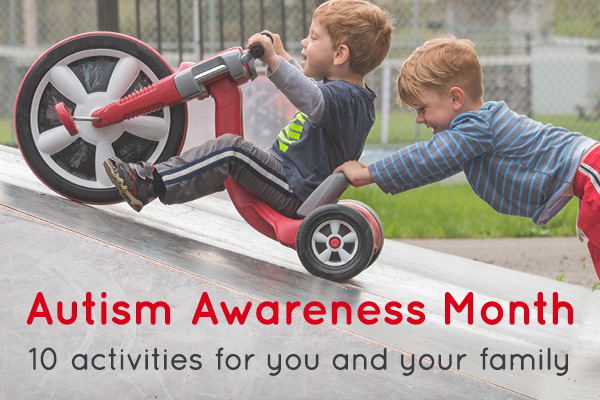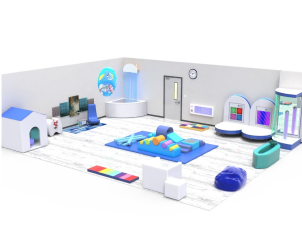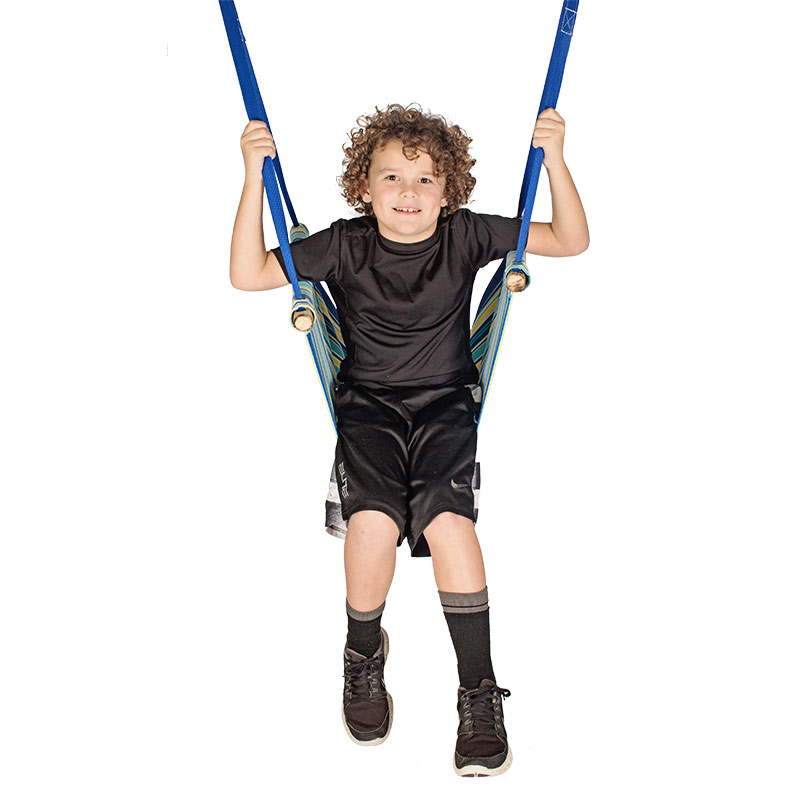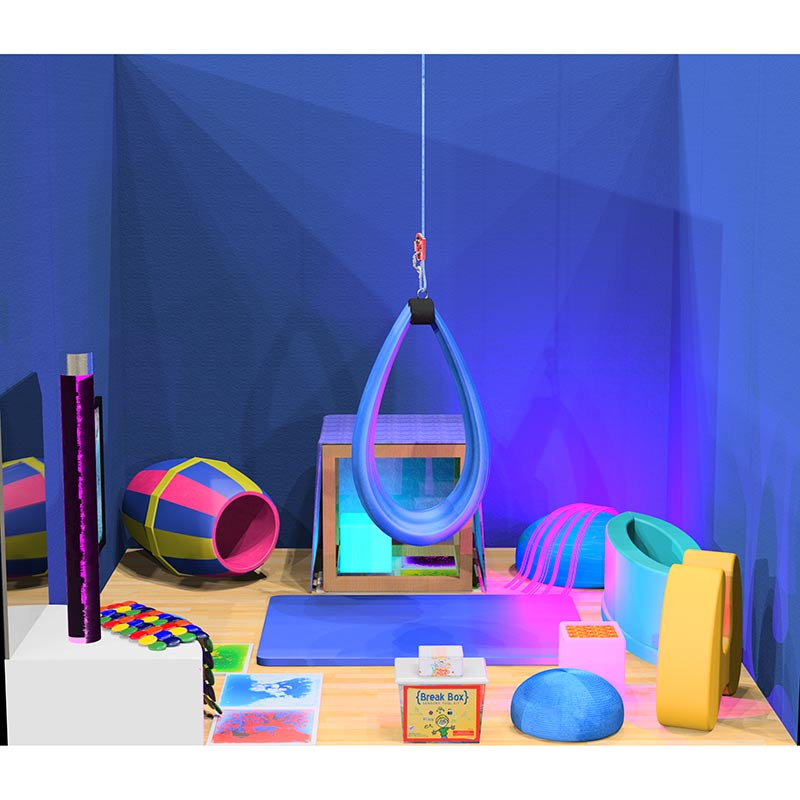
1.Take a virtual walk during Autism Awareness Month
It's important to appreciate the challenges. Autism can impact communication, sensory processing, social interaction or repetitive behavior. Many innovative videos simulate the sensory overload that autistic people can experience when walking down the street; for example, see the video below. Or take a minute to have a virtual cup of coffee with Carly, a filmmaker and book author with non-verbal autism, who produced the video (below) with her father.
2. Get Social and Stay Engaged
Join our warm and supportive community on Facebook. Connect with us on Instagram. This is a great way to share your wisdom and get ideas from peers who understand the challenges of special needs.
3. Find Autism Toys and Sensory Tools that Help
Autistic kids and adults will sometimes flap their arms or rock back and forth to manage the stress of sensory input. However, autism toys and sensory tools can help to filter and process the stimuli.
4. Become a Sensory Savvy Advocate
Raise awareness locally. You can also educate your community on the benefits of a sensory room. These adaptive environments support self-regulation and inclusion. Fun and Function creates high-impact sensory rooms at airports, churches, synagogues, community centers, schools, homes, therapy clinics, and dental practices.
5. Keep Learning
Keep up-to-date with strategies for physical and emotional security. For example, AngelSense has a sensory-friendly wearable solution with GPS and voice-monitoring. This can be vital for non-verbal people with autism. For socializing, Friendship Circle has local activities to foster meaningful friendships with peer volunteers. And 4-legged creatures can play a role too. Autism Service Dogs can be a calming presence and are trained to help with safety.
6. Speak at Your Local School
Raise awareness in your child's school or at your local community organizations. You can speak on topics that are close to your heart. If you're not comfortable in the spotlight, reach out to other parents, teachers and therapists to collaborate.
7. Attend an Event for Autism Awareness Month
Express your support and attend events that raise awareness, insist on acceptance, or fund research. Reach out to your local organizations for details on walks and fundraisers.
8. Contribute Therapy Tools and Equipment
Offer a weighted blanket, compression vest, fidget or chewy to a family or school in need. Ask the teacher what the class needs most, and use an online site to generate support and contributions.
9. Share Job Opportunities
Some autistic people have heightened perceptual skills that are especially valuable in computer programming, military intelligence, and other industries. Over time, more companies are valuing neurodiversity. Check out our workplace resources and search for job training opportunities for yourself or others.
10. Get Moving during Autism Awareness Month
Take a hike, go on a bike ride, and explore the great outdoors. Or take a trip with friends to get some exercise and fresh air. Prefer the indoors? Enjoy a compression and stretch day using Space Explorers, Stretch Bands, Transformer Sacks or a Stretch Band for Group Activities.
Most of all, enjoy this special time of year. Reach out to those families, caregivers, educators and clinicians who are dedicated to empowering people with autism. Let them know you care! And stay inspired for yourself and others. As Alan Turing said, "Sometimes it is the people no one can imagine anything of who do the things that no one can imagine."
Check out our sensory tools for kids with autism.
This post was originally posted on 01/2018 by Aviva Weiss, MS, OTR/L. It was updated for accuracy and comprehensiveness on 3/27/2023.


























Comments